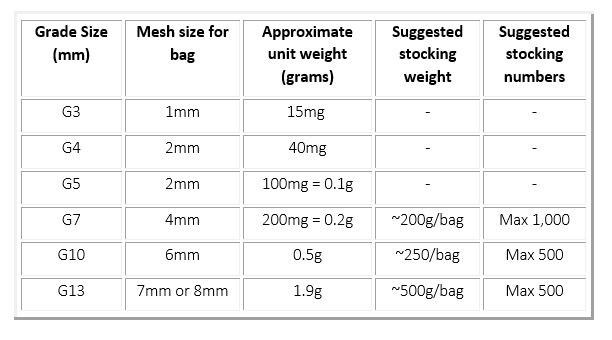
Disease free
Isolated from other regions of shellfish production, Guernsey Sea Farms has long had a reputation of supplying disease free oysters. Our seed is tested for disease by independent laboratories on a regular basis. We supply to areas which are particularly sensitive to the spread of disease and, in the EU and UK, to “non-designated areas” which are free of the OsHV-1 virus
Biosecure
We follow strict procedures and protocols to ensure biosecurity
Robust records
We have a robust and accurate record system for all our seed which enables us to trace back to the original broodstock and can answer any enquiries about particular batches of seed
Quality
Frequent washing and grading means the oysters are well sorted and clean
Vigour
Water and algae supply in the nursery is carefully monitored and managed to ensure the supply of strong and healthy oyster seed
TRIPLOID AND DIPLOIDS
We are the only hatchery producing triploid seed in the UK and every batch of triploids is verified by our in-house Flow Cytometer. Find out more about Triploid oysters here
